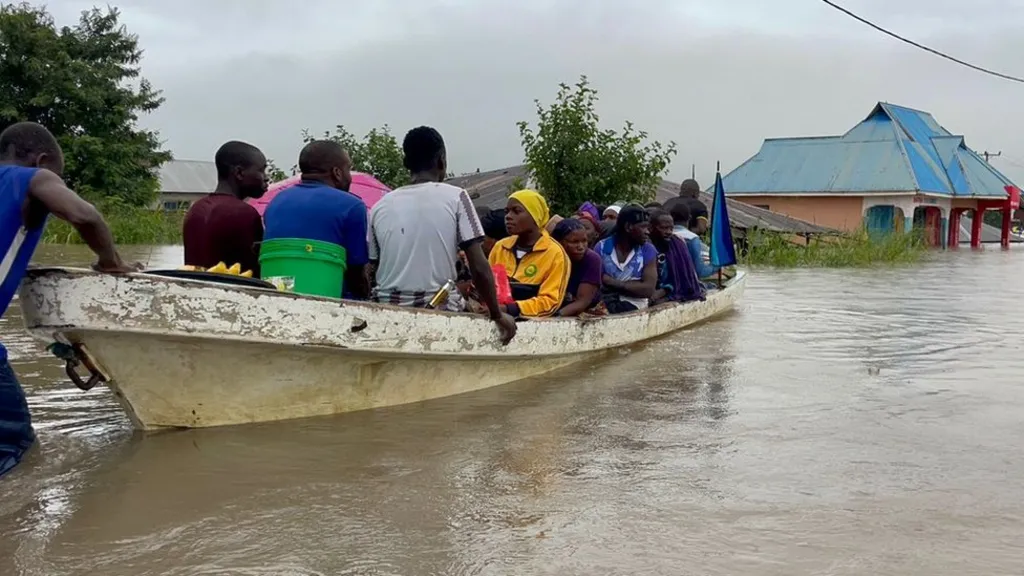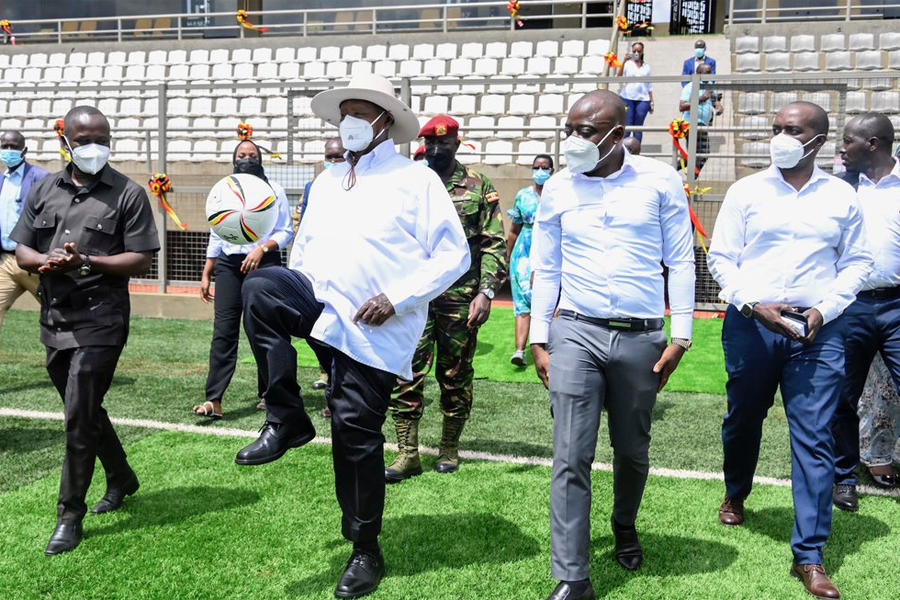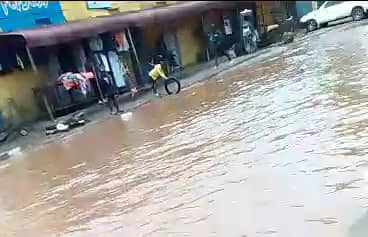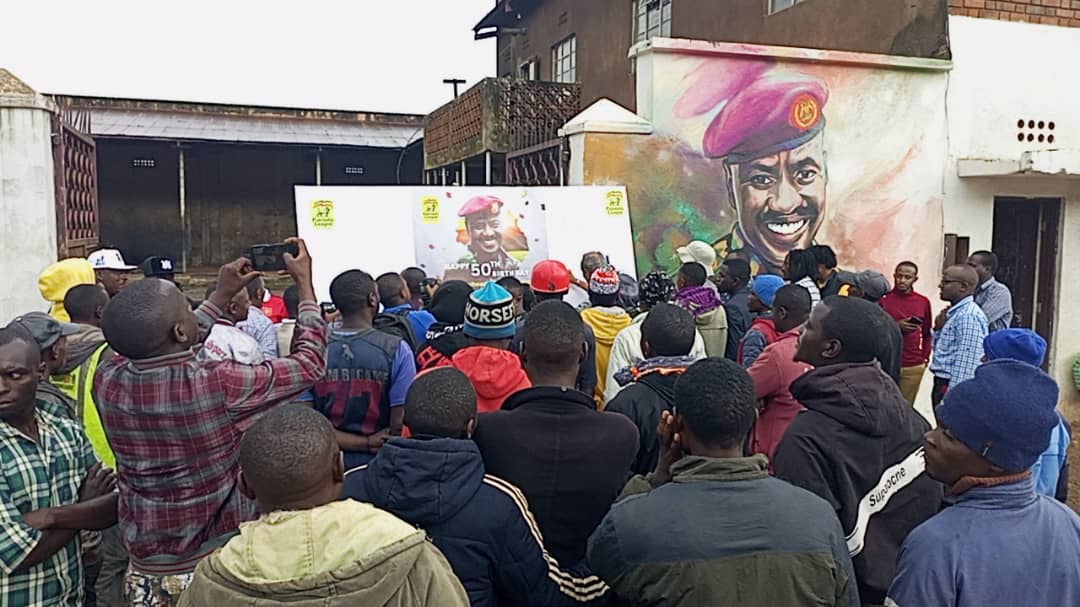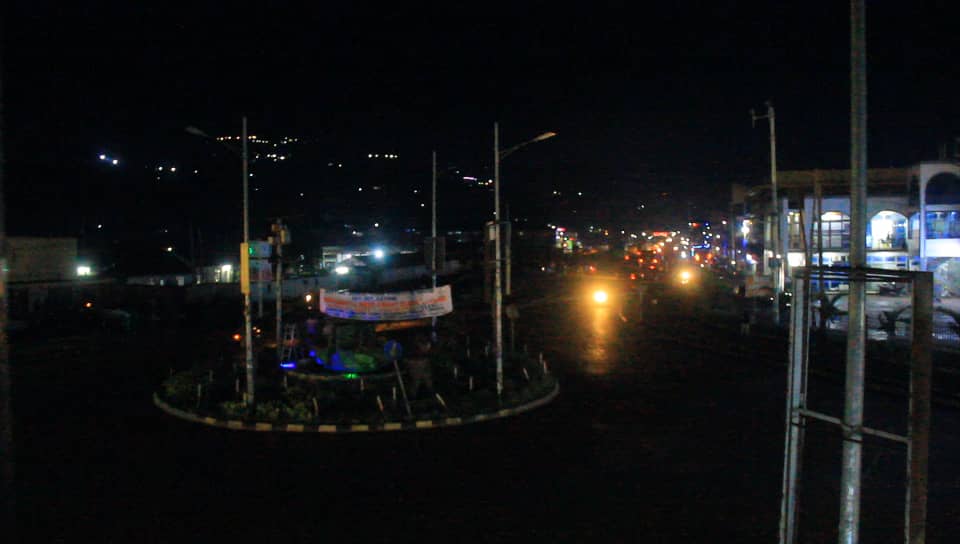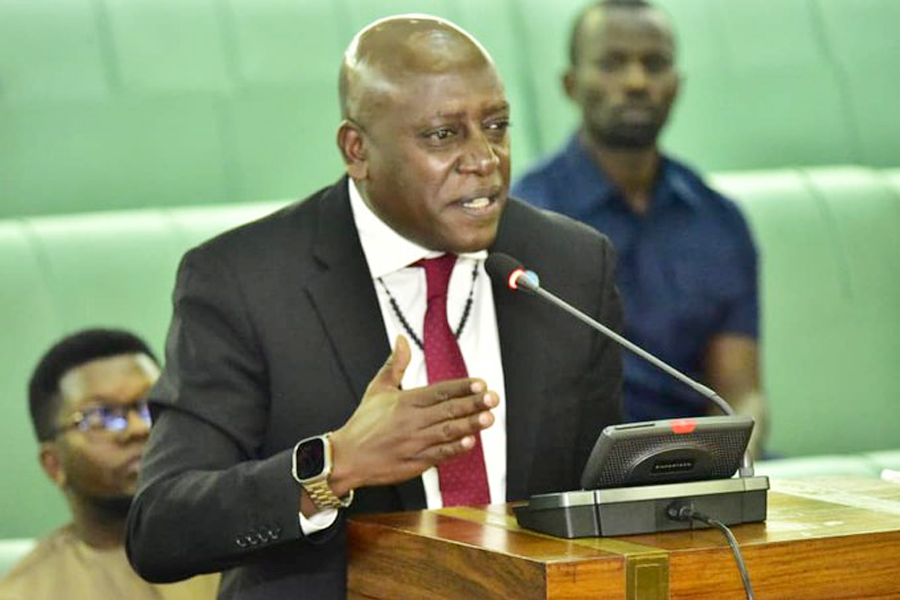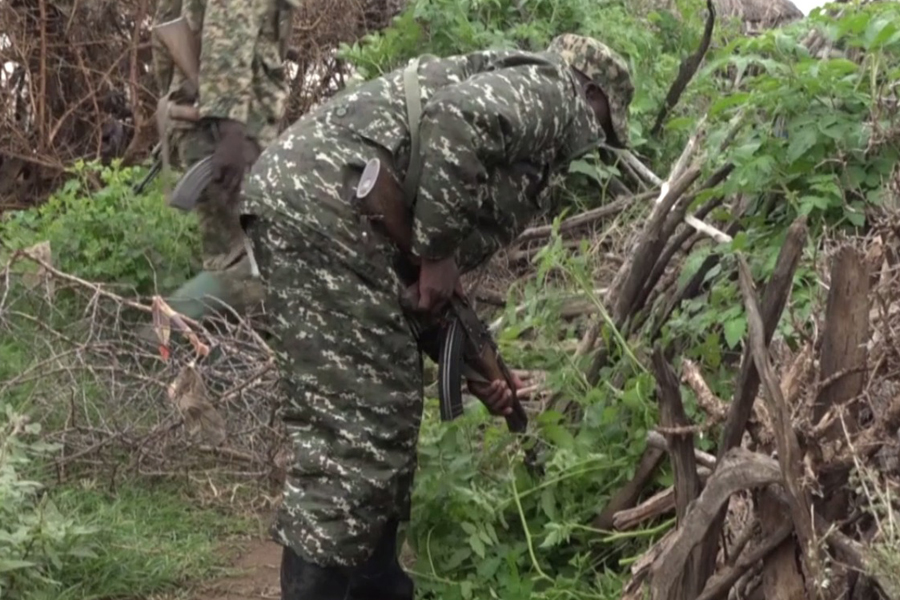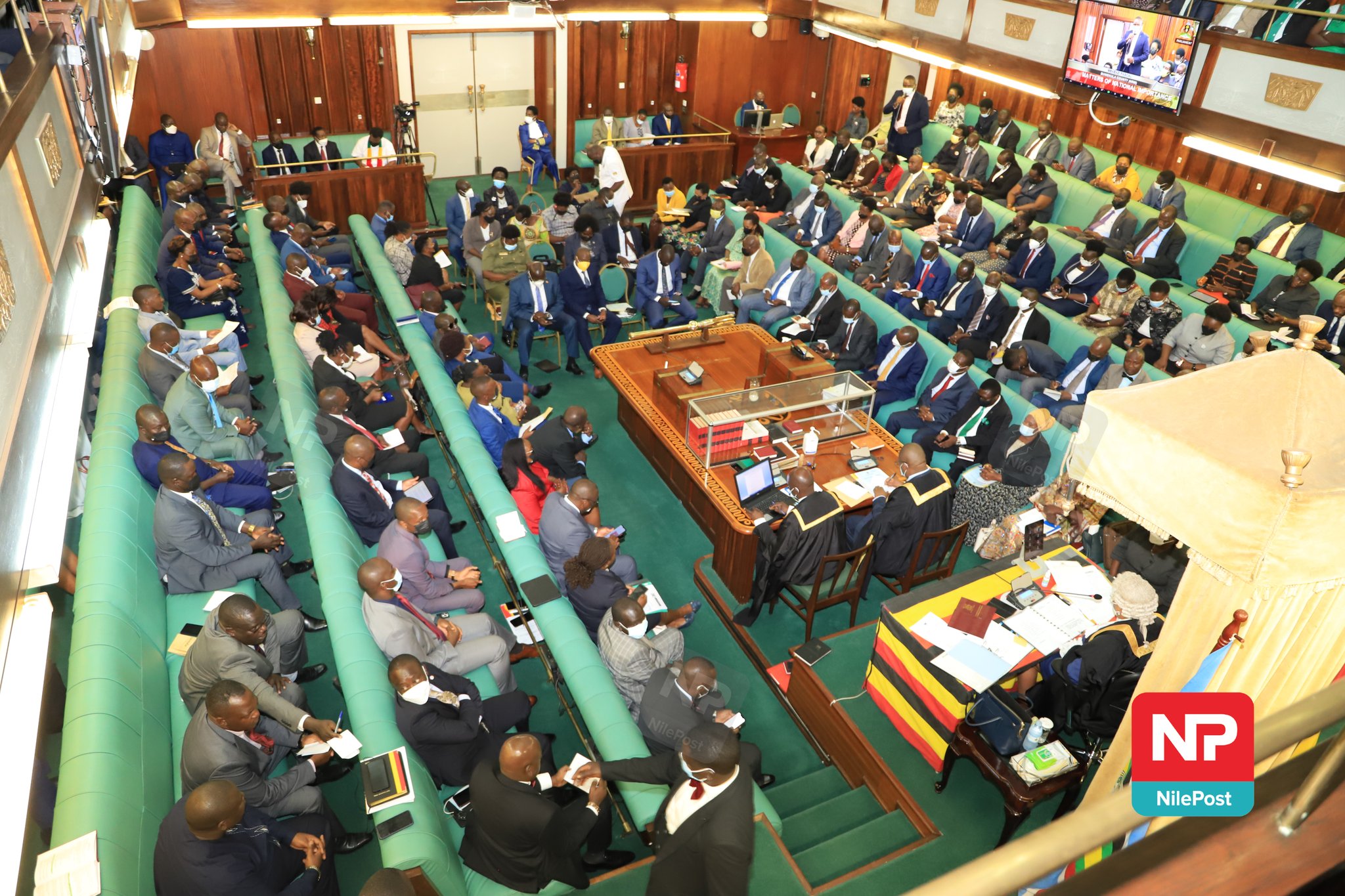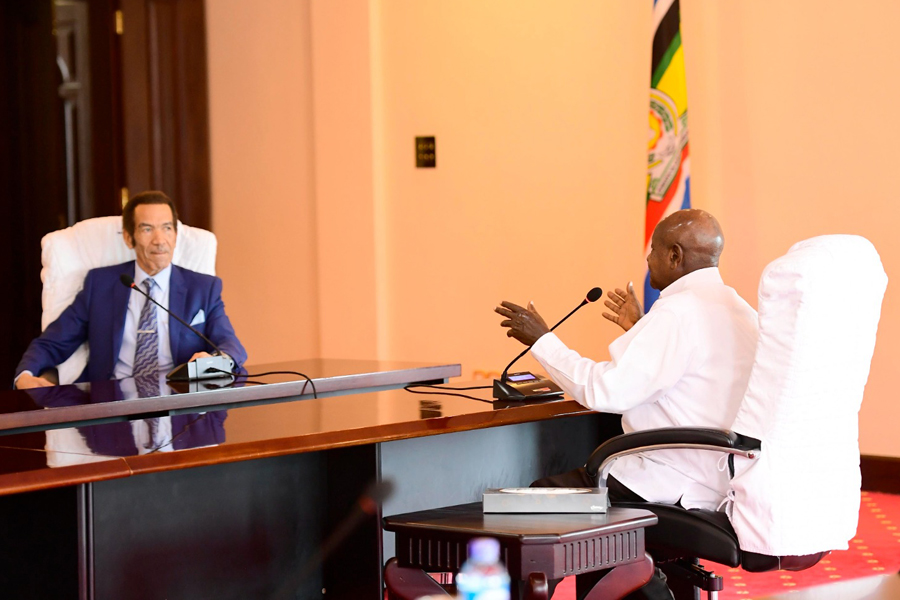Ensuring learning continuity for all during school closure
Tusiime Roline
During the Covid-19 pandemic, managing learning continuity has proven to be an uphill task. When non candidate students return to school next year, many will return with learning deficits with some lagging behind than others.
The digital divide has made it virtually impossible for some students to learn during the pandemic.
The Uganda National Household Survey 2016/17, found great variations in television ownership across regions: 42% of households in Kampala were reported to own a television; 3% of households owned a television in Kigezi; 2% of households owned a television in Teso, Bukedi and Acholi, and 1% in West Nile.
It also is estimated that only 6.7 million students were reached by distance learning during the lockdown, while 1.6 million students were excluded, thus creating learning gaps.
These learning gaps were further widened by the “Covid-19 slide”, the slip in academic performance due to the time spent out of physical classrooms as result of the pandemic.
Even many of these children have missed their childhood education in their critical preschool years yet children need to acquire foundational skills in early grades. Therefore, they may find it much more difficult to learn later.
This is more pronounced to students from poorer, uneducated parents and remote areas relative to children with more educated parents across all levels of education.
The ongoing school closures and associated redundancy have created fertile ground for child marriages to happen in large numbers. More so, girls are often expected to take on childcare responsibilities and household chores.
Many have been exposed to Physical/domestic violence, psychological torture/emotional violence and sexual violence. School closures may further lead to increases in teenage pregnancies and school dropouts.
Drop-out rates which will disproportionately affect adolescent girls, further entrench gender gaps in education, and lead to increased risk of sexual exploitation, early pregnancy and early and forced marriages. These have in the end result affected student`s psychology and their learning as well.
We therefore need to put in place effective interventions that ensure all students are able to catch up when they return to school in order to minimise the impact of lost learning time and close learning gaps.
In Argentina, students without access technology or connectivity, television and radio programming is supplemented with notebooks packed with learning resources that have been delivered to homes of these students. 9 notebooks have been developed for this purpose - 2 notebooks are for pre-primary levels, 4 for primary levels, 2 for secondary level and 1 for the family.
The Ministry of Education of Argentina has portal aimed at providing curated digital resources for teachers, administrators, students and families. The program also makes available a collection of on-demand digital educational materials and resources on the country`s education website under the ‘Seguimos Educando’ section. Seguimos Educando which aptly translates to "continuing to educate".
The platform also includes self-learning resources, suggestions for families and teachers, interviews, educational and communication proposals through social networks and videoconferencing tools, agendas for online events as well as proposals for free time for students.
Also in Estonia, all learning materials are already now available on paper and online in parallel. These techniques are workable and can be adopted in Uganda. Printed booklets should be delivered to students without internet access, as we are waiting for radios.
Also, assigning teachers to conduct remote daily or weekly follow up with students to engage in instruction, offer feedback to students and gauge their understanding.
These teachers will provide literacy, numeracy, and basic life skills to such underprivileged children and from remote areas. This will ensure progression and syllabus completion. Additionally, create parents networks that can support students with home schooling.
Regular monitoring and feedback channels with teacher and parent should be established to help enhance the process of adaptation to distant learning and the gradual return to face-to-face formats. The Education departments and other related agencies should create task force to provide community mobile hotspots where those without internet access can convene.
This should be accompanied by educating families about opportunities of free WIFI and technologies and incentivising internet providers to help families in need.
This will influence education outcomes and economic development. Target public spending at those left furthest behind.
Adequate financing by the government to maintain education funding for students at risk of early school leaving.
Also, mobilize international resources to fully finance education.
Echoing the SDG 4 that aims to ‘ensure inclusive and equitable quality education and promote lifelong learning opportunities for all ,’it is important to ensure that no child is left behind during this period.
It is imperative that strategies to support continued learning for all take into consideration the needs of the poorest and most marginalized students. This will ensure that all students benefit and are able to continue with their learning.
The author is a Resident Research Associate – Great Lakes Institute for Strategic Studies (GLiSS). Gmail: rtusiime@glissafrica.org


